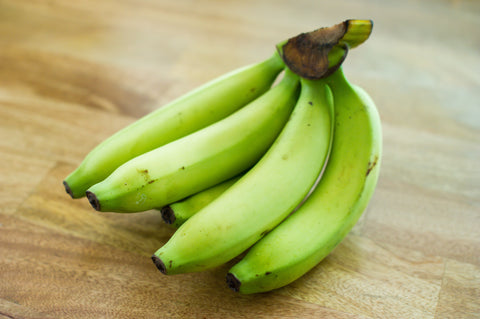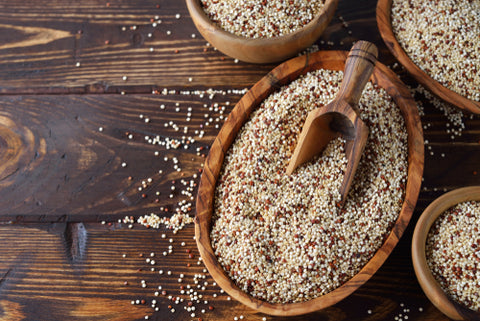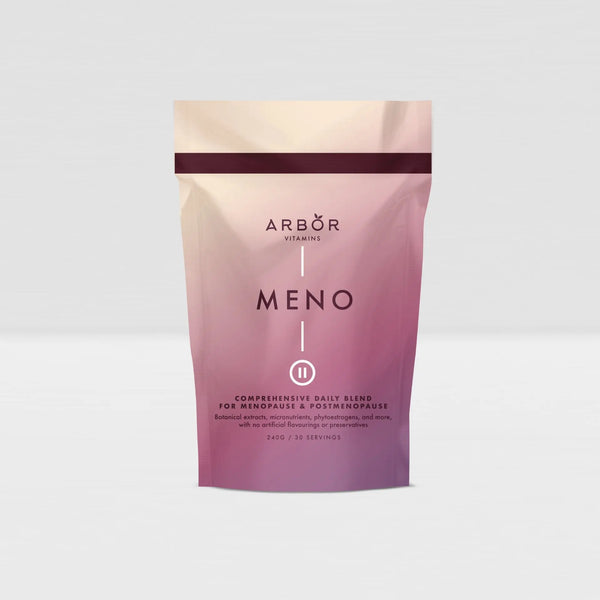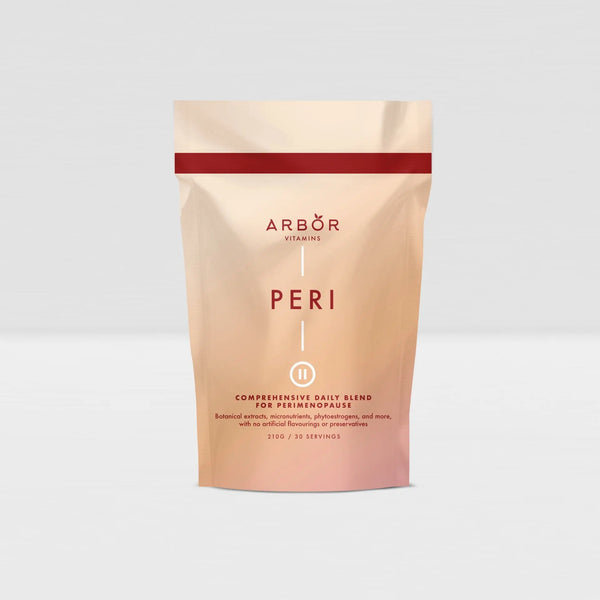The Benefit of Fibre in Digestive Health
The Benefit of Fibre in Digestive Health. Humans can't digest fibre, so why consume it? Dietary fibre plays a crucial role in promoting digestive health and preventing chronic diseases. There are various types of fibre, each with distinct characteristics and effects on our overall well-being. Let's explore the different types of fibre and their significant impact on human health, with a specific focus on the production of short-chain fatty acids (SCFAs) by gut bacteria and their influence on the gut-brain axis. By understanding these mechanisms, individuals can make informed dietary choices to optimise their health outcomes.
-
Soluble Fibre: Soluble Fibre, found in foods like oats, barley, legumes, fruits, and vegetables, forms a gel-like substance in the digestive tract. This type of Fibre is fermented by gut bacteria in the colon, leading to the production of SCFAs, such as acetate, propionate, and butyrate. These SCFAs play a vital role in the gut-brain axis, as they can cross the blood-brain barrier and influence brain function. They have been shown to have neuroprotective effects, modulate neurotransmitter production, and improve cognitive function and mood.

-
Insoluble Fibre: Insoluble fibre, present in whole grains, wheat bran, nuts, and many vegetables, adds bulk to the stool and promotes regular bowel movements. While insoluble fibre is not fermented to a significant extent, it indirectly supports the gut-brain axis by promoting a healthy gut microbiota. A diverse and balanced microbiota is crucial for optimal brain health and function, as it influences the production and metabolism of neurotransmitters, regulates neuro-inflammation, and affects the integrity of the blood-brain barrier.

-
Resistant Starch: Resistant starch, found in undercooked potatoes, green bananas, and legumes, is a type of fibre that resists digestion in the small intestine and reaches the large intestine intact. Here, it undergoes fermentation by gut bacteria, leading to the production of SCFAs. Resistant starch-derived SCFAs, particularly butyrate, are known to exert significant benefits on the gut-brain axis. Butyrate acts as a key energy source for colon cells, reduces intestinal inflammation, and promotes the integrity of the intestinal barrier. Additionally, it has been shown to enhance cognitive function, improve mood, and potentially alleviate symptoms of neurological disorders.

-
Prebiotic Fibre: Prebiotic fibre, present in onions, garlic, leeks, chicory root, and certain fruits, selectively promote the growth and activity of beneficial gut bacteria. The fermentation of prebiotic fibre produces SCFAs, which positively impact the gut-brain axis. The increased production of SCFAs, especially butyrate, enhances the communication between the gut and the brain through various mechanisms. This includes regulating neurotransmitter synthesis, reducing neuro-inflammation, and modulating the release of gut hormones that influence appetite and satiety.

-
Fermentable Fibre: Fermentable fibre, including inulin, fructo-oligosaccharides (FOS), and certain dietary fibre derived from whole grains and legumes, undergoes fermentation by gut bacteria, resulting in SCFA production. The SCFAs produced during fermentation play a significant role in the gut-brain axis. For instance, propionate has been associated with appetite regulation, while acetate has been shown to affect brain energy metabolism. These SCFAs can influence the hypothalamic-pituitary-adrenal (HPA) axis, modulate stress responses, and impact mood and behaviour.
So, incorporating a diverse range of fibre types into our daily diet is essential for optimising health, particularly with regard to the gut-brain axis. Soluble fibre, insoluble fiber, resistant starch, and prebiotic fiber promote the production of SCFAs, which have far-reaching effects on brain function, cognition, mood, and overall well-being. By understanding the distinct characteristics and mechanisms of fiber types, individuals can make informed dietary choices to support a healthy gut microbiota, enhance SCFA production, and ultimately optimize their gut-brain axis interactions. Embracing a fibre-rich diet is a proactive step towards achieving improved digestive health, preventing chronic diseases, and promoting optimal brain function.












